Apr 28, 2025
Author:Sam Wonder
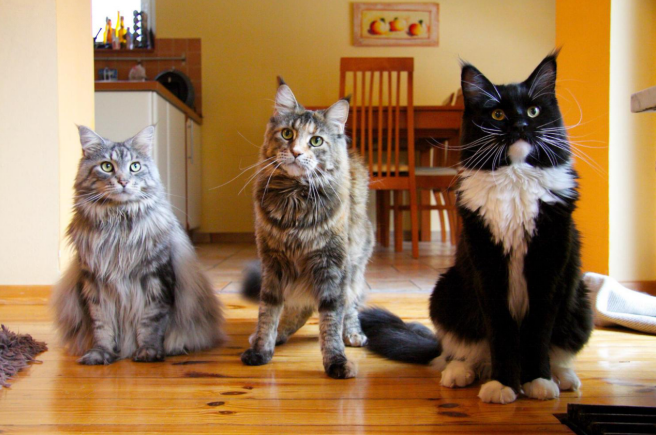
Have you ever paused to marvel at how each kitty seems to have its own style and spirit? From the fluffy Persians lounging on velvet cushions to the sleek Bengals darting after toys, cats bring endless charm into our homes. In this guide, we explore the diversity and characteristics of cat breeds in a way that speaks to every cat lover’s heart. We’ll start by tracing how cats evolved from wild hunters to beloved companions.
Then we’ll group breeds by their origins, dive into fan favorites, examine special traits you won’t want to miss, and finish with tips for choosing a cat that matches your life. Along the way, you’ll find handy links—like how to keep your cat healthy and happy—to make your journey even smoother.
The diversity and characteristics of cat breeds have roots in the age-old bond between humans and wild felines.
Cats first moved into human spaces roughly 9,000 years ago in the Fertile Crescent. Farmers stored grain in big piles. Rats and mice saw a feast. Wildcats saw a feast too. They hunted the rodents and, over time, stuck around. People noticed. Those friendlier wildcats got scraps and shelter. In turn, they kept pests at bay. That simple give-and-take launched the domestication of the cat.
In ancient Egypt, cats took on a sacred role. Temples honored them. Harming a cat could mean serious punishment. Meanwhile, traders and travelers carried cats on ships. The felines chased vermin on board, protecting supplies. This sea route spread cats across Europe and Asia. Each region’s cats faced different climates and challenges. Over centuries, they adapted, giving rise to varied coat lengths, body builds, and behaviors.
Modern cat breeding only took off in the last few hundred years. Enthusiasts sought out unique traits: long flowing fur, striking colors, or even curled ears. Organizations like the Cat Fanciers’ Association (CFA) and The International Cat Association (TICA) formed in the 1900s. They set standards, held shows, and tracked pedigrees. Today, we celebrate over 70 recognized cat types worldwide. Breeders continue to explore new combinations, boosting the diversity and characteristics of cat breeds with every litter.
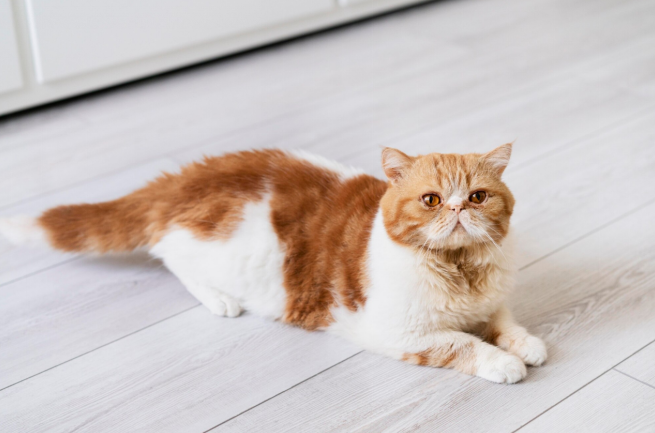
Understanding the diversity and characteristics of cat breeds helps you see why some types suit certain homes.
Natural or landrace breeds emerged without much human meddling. They adapted to their local climates and lifestyles.
● Maine Coon: Big, shaggy coat, tufted ears, bushy tail—built for New England winters. Learn about its care needs.
● Abyssinian: Short, ticked fur and a lean build—perfect for warm, dry climates.
These breeds tend to have sturdy health and classic temperaments, reflecting the diversity and characteristics of cat breeds born from nature, not the breeding table.
Hybrids mix domestic cats with wild relatives. They aim for exotic looks and lively personalities.
● Bengal: Spotted coat, athletic build, and pocketfuls of energy. Keep it busy with high-value cat toys.
● Savannah: Descended from servals, with long legs and big ears.
Hybrids show what happens when breeders push boundaries—but they require dedicated care to match their wild side.
Some breeds began with a spontaneous genetic twist.
● Munchkin: Short legs from a natural mutation.
● Scottish Fold: Folded ears thanks to a gene change.
● Sphynx: Hairless and wrinkled, a unique look that demands skin care.
Mutation breeds highlight how a single genetic shift can reshape the diversity and characteristics of cat breeds.
Breeds like the Persian and Siamese have firm standards and club backing. Experimental breeds still gather data on health and temperament before full recognition. If you love discovery, you might explore one of the newer types popping up in shows and registries.
Popular Cat Breeds and Their Characteristics
Let’s dive into some popular types to see the diversity and characteristics of cat breeds in action.
● Appearance: Long, flowing fur and a sweet flat face.
● Temperament: Calm, gentle, and eager for lap time.
● Care Needs: Daily brushing to prevent mats—check these hair removal tips for stray fur. Watch for breathing snorts from their flat faces.
● Appearance: Sleek body, striking blue eyes, and color points on ears, face, paws, and tail.
● Temperament: Vocal and social—your personal chatty companion.
● Care Needs: Daily play and mental challenges to curb boredom.
● Appearance: Large frame, tufted ears, and a shaggy coat made for cold weather.
● Temperament: Friendly “gentle giant,” great with families and other pets.
● Care Needs: Weekly grooming and room to climb—explore full Maine Coon care.
● Appearance: Leopard-like spots on a sleek, muscular frame.
● Temperament: High energy, playful, and curious.
● Care Needs: Lots of exercise—load up on interactive cat toys and climbing spaces.
● Appearance: Hairless, warm skin with endearing wrinkles.
● Temperament: Affectionate lap cat and attention seeker.
● Care Needs: Regular gentle baths to remove oils and cozy spots for warmth. Pair with a diet that supports skin health—consider fresh vs. processed cat food.
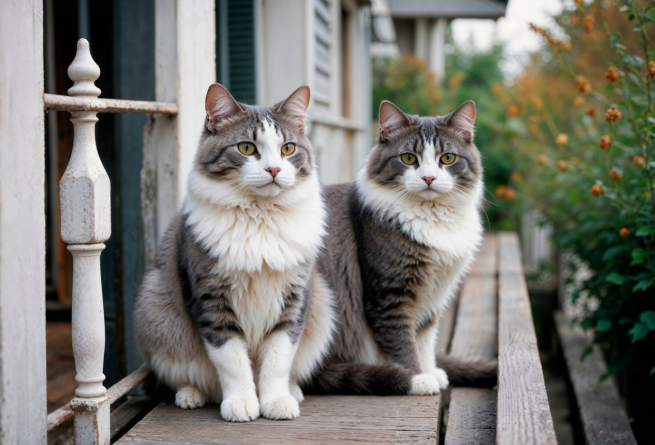
From coat types to behavior, the diversity and characteristics of cat breeds shine through.
Cats show every texture and hue: short, long, curly, and hairless. Color patterns range from classic tabby stripes to rare tortoiseshell blends. Dive into the tortoiseshell pattern to see how two colors swirl together in torbies and calicos.
Genetics set a baseline for talkative Siamese or playful Bengals. But early socialization, daily play, and training shape the final personality. Knowing a breed’s typical behaviors helps you match their energy to your home.
Some breeds face breed-specific issues. Maine Coons may get heart concerns like HCM. Persians can have breathing troubles. Scottish Folds might develop joint problems. Learn the common health issues so you can spot warning signs early. With proper care, many cats live into their mid-teens or beyond.
Are you a busy professional? A calm Persian or laid-back British Shorthair may fit best. Love high-octane play? A Bengal or Abyssinian will match your rhythm. Apartment living often pairs well with low-energy breeds.
Families with kids may seek sturdy natural breeds that tolerate handling. Always weigh your home’s pace against the diversity and characteristics of cat breeds you consider.
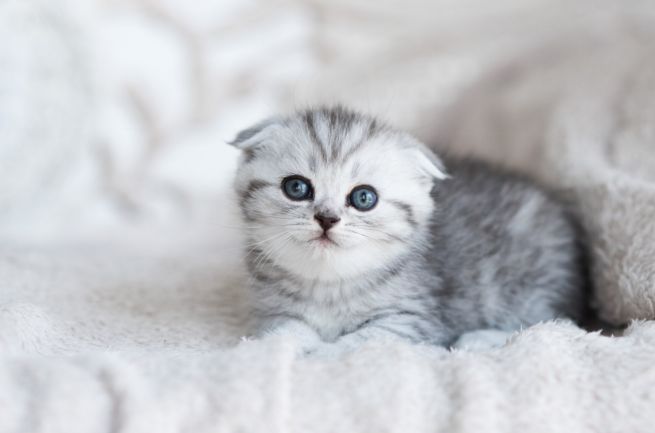
Keeping the diversity and characteristics of cat breeds in mind ensures a happy match.
● Space: Big yard or small flat?
● Time: Hours for play and grooming?
● Allergies: Short-haired or hypoallergenic breeds?
● Personality: Lap cat or active buddy?
Check out this new cat essentials list to get started on supplies.
Work with trusted breeders or local shelters. Shelters often house mixed breeds with wonderful temperaments—read inspiring adoption tales. Always meet your cat first to gauge its friendliness and energy.
Mixed breeds often enjoy hybrid vigor and fewer breed-specific worries. Purebreds offer clear standards for looks and behavior. If you’re a first-time owner, explore both options to find the perfect companion.
By celebrating the diversity and characteristics of cat breeds, every cat lover can find a friend who clicks with their lifestyle. From ancient barn cats to modern mutation breeds, the feline world offers endless variety. Remember to balance your home’s pace, grooming time, and energy level with a breed’s typical needs.
Whether you adopt a mixed-breed sweetheart from a shelter or a pedigreed show cat, responsible care and love will help your new companion thrive. Ready to start your journey? Explore shelters, connect with reputable breeders, and discover a feline friend whose purr resonates perfectly with your heart.
Label:
Popular Post
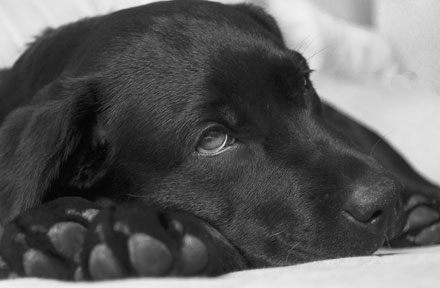
What to Feed a Sick Dog With No Appetite? [2025 Guide]
May 16, 2023

Troubleshooting Common Issues with Automatic Pet Feeders: Tips & Tricks for Pet Owners
Oct 26, 2023
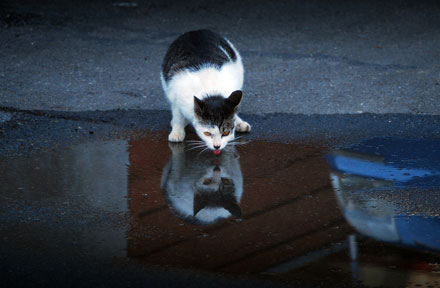
Why Does My Cat Cough After Drinking Water? 8 Potential Reasons
Mar 13, 2023
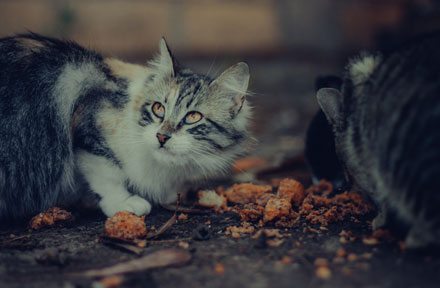
My Cat Only Eats A Little at A Time - What to Do?
Feb 27, 2023
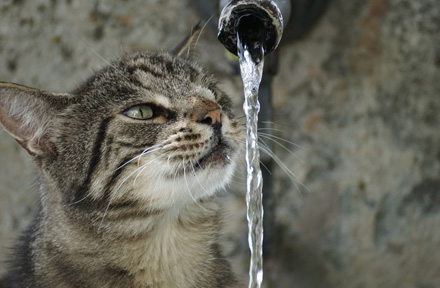
Why is My Cat Throwing up Water? Top 5 Causes Here
Feb 08, 2023
$99.99
$129.99
Copyright © 2025 WOPET. All Rights Reserved.